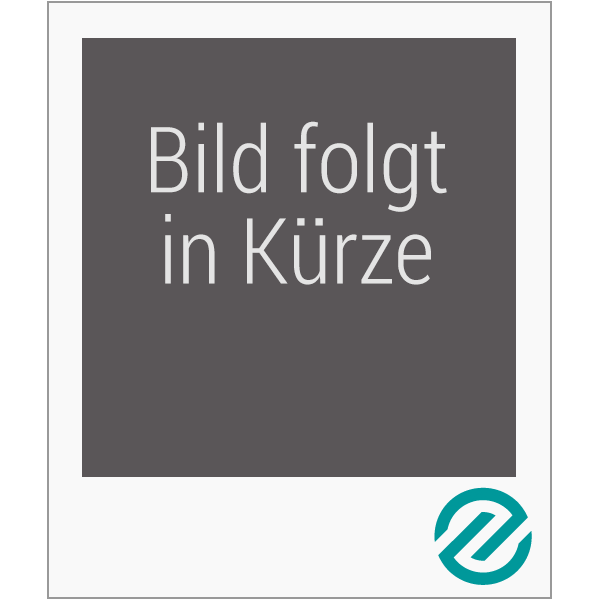Die Stiftskirche St. Servatius ist eines der bedeutendsten romanischen Baudenkmäler Deutschlands. Bereits 936 fand Heinrich I. in der Pfalzkapelle, einem Vorgängerbau der Stiftskirche, seine letzte Ruhestätte. Aus dieser Zeit stammt die noch erhaltene Krypta. Die erste Weihe des heutigen Baus geht auf das Jahr 1021 zurück. Allerdings kam es 1129 nach einem Brand und dem folgenden Wiederaufbau zu einer neuen Weihe. Bemerkenswert ist zudem der Domschatz mit Reliquien und Ausstellungsstücken aus 1.500 Jahren Kirchengeschichte.
The Collegiate Church St. Servatius is one of the most important romanesque monuments in Germany. Already in 936 the palatine chapel, the collegiate church's predecessor, served King Henry I as his last resting place. The crypt dates back to that time and is preserved to this day. The first consecration of the building dates back to 1021, though a second consecration took place in 1129 after a fire and it's latter reconstruction. Noteworthy is the cathedral treasury with relics and exhibition pieces from 1500 years of ecclesiastical history.
La Colegiata de San Servando es uno de los monumentos románicos más importantes de Alemania. Ya en el año 936, la capilla palatina, precursora de la Colegiata, se convierte en la última morada de Enrique I. De esta época data la cripta, todavía conservada. La primera consagración del monumento actual se remonta al año 1021. Sin embargo, se consagró de nuevo en 1129, después de un incendio y su posterior reconstrucción. Destacan también el tesoro catedralicio con reliquias y piezas de exposición de 1500 años de historia eclesiástica. . . 936 I , . . 1021 . 1129 . .
Ursprung für das Schloss und die Stiftskirche war eine von Heinrich I. errichtete Pfalz zu Beginn des 10. Jahrhunderts. Nach dem Tod Heinrichs richtete seine Witwe Mathilde auf dem Schlossberg ein Damenstift ein. 973 hielt Kaiser OttoI. hier seinen glanzvollsten Hoftag ab. Sein heutiges Aussehen erhielt das Schloss während umfangreicher Baumaßnahmen im 16. und 17. Jahrhundert. Die Bürgerhäuser am Schlossberg sind eindrucksvolle Zeugnisse Quedlinburger Bauschaffens der vergangenen 600 Jahre.
A palatine castle built by Henry I during the 10th century is the origin for both the castle and the Collegiate Church. Upon his death, his widow founded a nunnery on the castle hill. In 973 Emperor Otto I held his most glamorous court meeting here. The castle's image today is due to extensive building works during the 16th and 17th century. The town houses on the castle's hill represent an impressive testimony of the Quedlinburg building activity over the past 600 years.
El origen del castillo y la colegiata fue un castillo palatino erigido a principios del siglo X por Enrique I. Al morir éste, su viuda Matilde fundó en la colina del castillo un convento de monjas. En el año 973, el emperador Otón I celebró aquí su recepción palaciega más fastuosa. El aspecto actual del castillo se debe a importantes intervenciones arquitectónicas durante los siglos XVI y XVII. Las casas de la burguesía en la colina del castillo constituyen un impresionante testimonio de la actividad arquitectónica en Quedlinburgo durante los últimos 600 años. 10 I . I . 973 I .
The Collegiate Church St. Servatius is one of the most important romanesque monuments in Germany. Already in 936 the palatine chapel, the collegiate church's predecessor, served King Henry I as his last resting place. The crypt dates back to that time and is preserved to this day. The first consecration of the building dates back to 1021, though a second consecration took place in 1129 after a fire and it's latter reconstruction. Noteworthy is the cathedral treasury with relics and exhibition pieces from 1500 years of ecclesiastical history.
La Colegiata de San Servando es uno de los monumentos románicos más importantes de Alemania. Ya en el año 936, la capilla palatina, precursora de la Colegiata, se convierte en la última morada de Enrique I. De esta época data la cripta, todavía conservada. La primera consagración del monumento actual se remonta al año 1021. Sin embargo, se consagró de nuevo en 1129, después de un incendio y su posterior reconstrucción. Destacan también el tesoro catedralicio con reliquias y piezas de exposición de 1500 años de historia eclesiástica. . . 936 I , . . 1021 . 1129 . .
Ursprung für das Schloss und die Stiftskirche war eine von Heinrich I. errichtete Pfalz zu Beginn des 10. Jahrhunderts. Nach dem Tod Heinrichs richtete seine Witwe Mathilde auf dem Schlossberg ein Damenstift ein. 973 hielt Kaiser OttoI. hier seinen glanzvollsten Hoftag ab. Sein heutiges Aussehen erhielt das Schloss während umfangreicher Baumaßnahmen im 16. und 17. Jahrhundert. Die Bürgerhäuser am Schlossberg sind eindrucksvolle Zeugnisse Quedlinburger Bauschaffens der vergangenen 600 Jahre.
A palatine castle built by Henry I during the 10th century is the origin for both the castle and the Collegiate Church. Upon his death, his widow founded a nunnery on the castle hill. In 973 Emperor Otto I held his most glamorous court meeting here. The castle's image today is due to extensive building works during the 16th and 17th century. The town houses on the castle's hill represent an impressive testimony of the Quedlinburg building activity over the past 600 years.
El origen del castillo y la colegiata fue un castillo palatino erigido a principios del siglo X por Enrique I. Al morir éste, su viuda Matilde fundó en la colina del castillo un convento de monjas. En el año 973, el emperador Otón I celebró aquí su recepción palaciega más fastuosa. El aspecto actual del castillo se debe a importantes intervenciones arquitectónicas durante los siglos XVI y XVII. Las casas de la burguesía en la colina del castillo constituyen un impresionante testimonio de la actividad arquitectónica en Quedlinburgo durante los últimos 600 años. 10 I . I . 973 I .
